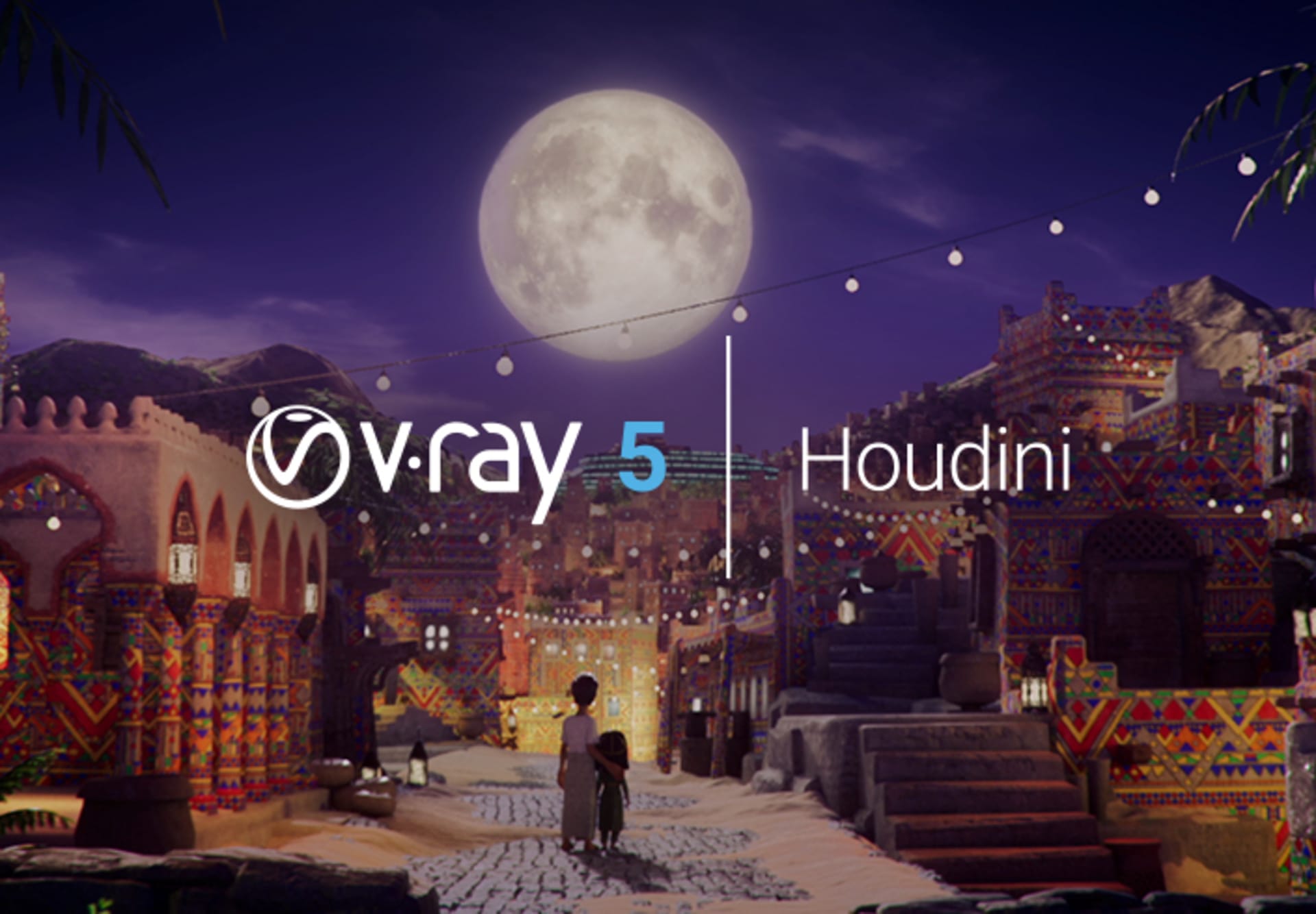
With V-Ray 5 for Houdini, we’ve reinvented the role of the renderer. With innovative features such as Light Mix, Light Path Expressions, Layer Compositing and a simplified acesCG workflow, you can do more in V-Ray than ever before.
New features in V-Ray 5 for Houdini beta include:
Light Mix
Easily create different lighting scenarios without having to render again. When you have the look you want, you can save your light mix setup, send the layers to comp, and update the lights in the scene.
New Layer Compositor
We’ve expanded the capabilities of the VFB. With the VFB’s new Layer Compositor you can fine-tune your images — combine render passes, set blending modes, and adjust colors all within V-Ray.
Light Path Expressions
For better control in compositing, construct your own render passes with Light Path Expressions. Output specific light contributions with timesaving presets or by writing custom expressions.
Simplified acesCG workflow
Enable ACEScg so V-Ray 5 can automatically convert the colors of textures, light temperatures, etc. to the correct color space, without the need for additional nodes.
V-Ray Material Library
Efficiently browse from a library of over 500 render-ready materials including metals, glass, wood and more.
Coat layer
Add reflective coatings directly in V-Ray Material so you can render faster and more efficiently.
Sheen layer
Render soft microfiber fabrics like velvet, satin and silk with new V-Ray Material sheen options.
Randomized textures and colors
For more realistic textures and materials, add variety and subtle imperfections with the new VRayUVWRandomizer map and improved VRayMultiSubTex controls.
Stochastic texture tiling
Automatically remove texture tiling artifacts with the new Stochastic tiling option on the VRayUVWRandomizer.
Dirt and weathering
Give surfaces a weathered look. With the improved V-Ray Dirt texture, you can add dirt to cracks and crevices, create procedural streaks, or cover an entire surface.
New Sun and Sky model
A new Sun & Sky analytical model is more accurate and improves lighting at sunrise and sunset.
And more . . .



